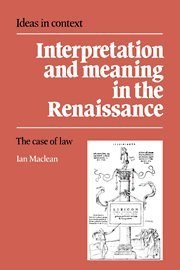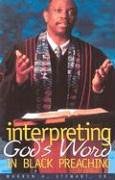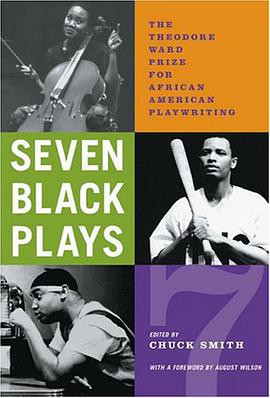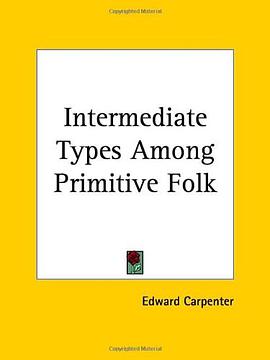

具体描述
This book investigates theories of interpretation and meaning in Renaissance jurisprudence. How do they relate to the institutions of the law, especially pedagogical institutions? What characterizes the most commonly adopted theories of the legal profession? In what form were they published? How do they relate to modern canons of interpretation found in the trivium of grammar, dilaectics and rhetoric? In what ways, if any, do they mark a departure from medieval approaches? How do they relate to modern canons of interpretation? And how do they relate to similar issues in modern semantics and the philosophy of language, such as speech act theory or the 'logic of the supplement'? An answer to these questions is sought through an investigation of Renaissance problems concerning the authority of interpreters, the questions of signification, definition, verbal propriety and verbal extension, the problem of cavillation, the alternative interpretative strategies of ratio legis and mens legislatoris, the performative functions of language, and custom and equity as means of interpretation.
作者简介
目录信息
读后感
评分
评分
评分
评分
用户评价
相关图书
本站所有内容均为互联网搜索引擎提供的公开搜索信息,本站不存储任何数据与内容,任何内容与数据均与本站无关,如有需要请联系相关搜索引擎包括但不限于百度,google,bing,sogou 等
© 2025 book.wenda123.org All Rights Reserved. 图书目录大全 版权所有




















